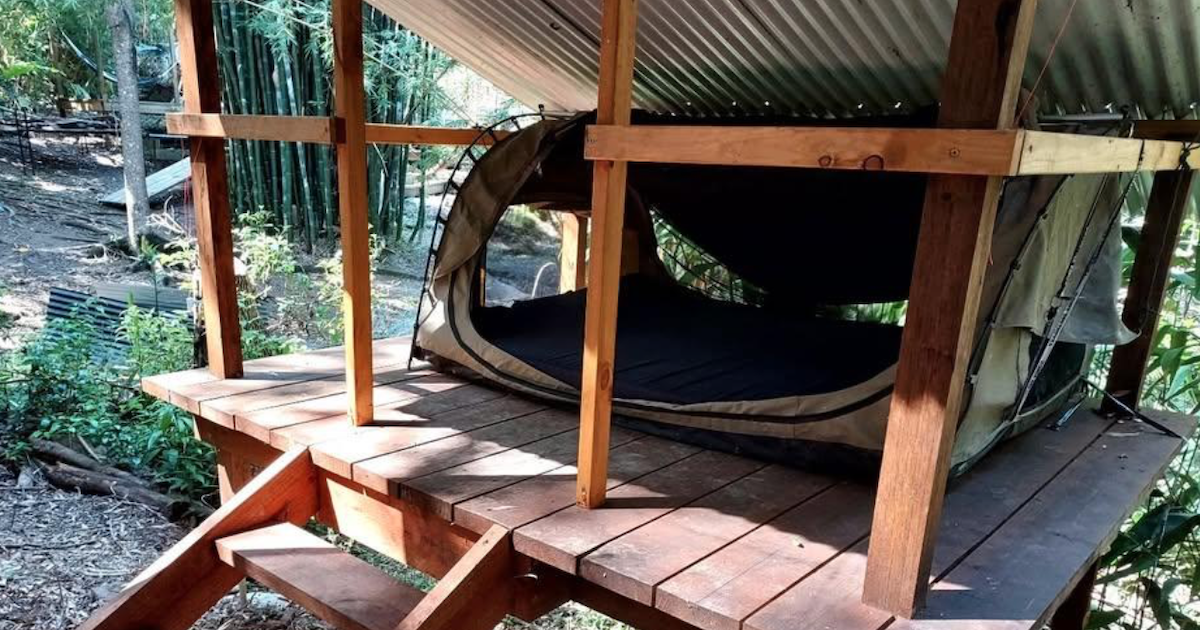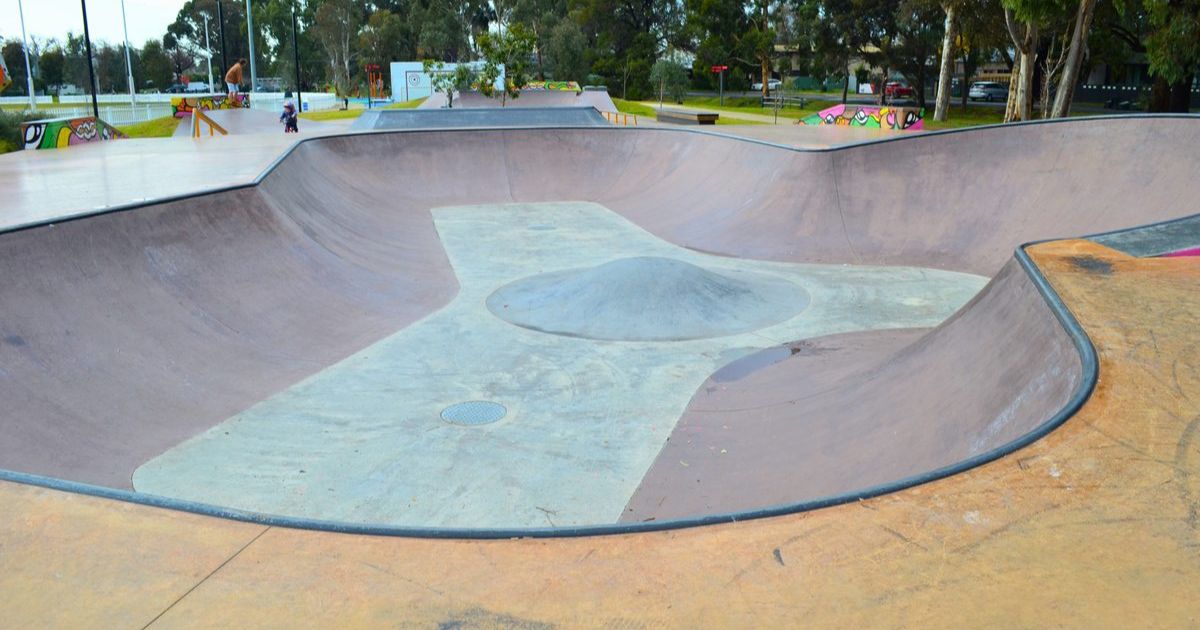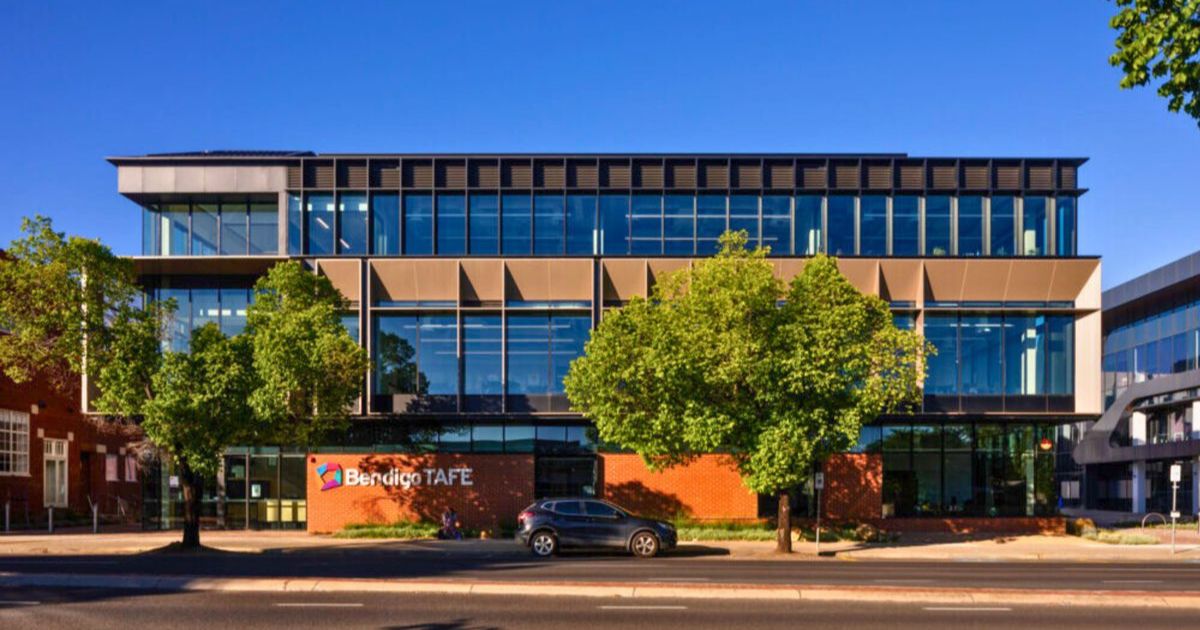Endangered bird flocks to Moorabool

Endangered gang-gang cockatoos have been sighted in the Gordon and Bolwarrah areas. Photo – David Whelan / wildpix.com.au
By Lachlan Ellis
It’s known as more of a New South Wales and ACT bird, but an endangered cockatoo species has been spotted making its home here in Moorabool.
The gang-gang cockatoo, which is the faunal emblem of the ACT, has recently been spotted in the area by local wildlife photographer David Whelan, who is excited by the appearance of over 100 of the birds.
“It’s great to see gang-gang cockatoos here, it’s really remarkable. I haven’t seen many of them here in the past, and to see a flock of 130 to 150 is pretty significant. Even if they’re resident locally and haven’t moved from the fire-damaged areas, it’s still pretty significant,” Mr Whelan told the Moorabool News.
“They’re such iconic birds of the Australian bush. A photographer friend of mine is aware of some others near Gordon, I don’t think they’re the same population I saw in the Bolwarrah area. It’s a fantastic sign, I’m not aware of those sort of numbers being recorded here previously, though I can’t say for certain.”
According to the Department of Agriculture, Water and the Environment, there are around 25,300 mature gang-gang cockatoos in the wild, but the population of the gang-gang cockatoo declined by approximately 69 per cent from the period from 1999 to 2019, and was also hit hard by the 2019 – 20 bushfires.
“An analysis based on expert elicitation estimated an overall population decline at one-year post-fire of 21 per cent, and that three generations post-fire the population would still be 29 per cent lower than the pre-fire population size, and possibly as much as 52 per cent lower,” the Department wrote in its Conservation Advice for the species.
While a substantial population of gang-gang cockatoos in the area is promising, Mr Whelan is concerned that additional development could threaten the species.
“The long-term trend scientists have identified is that the population is declining…if we want them to survive, something like the Western Renewables Link, if it clears habitat that they feed on or roost in, that can have a serious impact. Every development that humans do can have that impact on species that are threatened or endangered,” he said.
“What I want people to understand is we need developments because we have a growing population, but one of the problems with the impact on other animals is you have a process that is effectively death by a thousand cuts. You might only need one or two factors to change to affect an endangered species, and that can plummet them towards an even greater decline, or even extinction.”


















